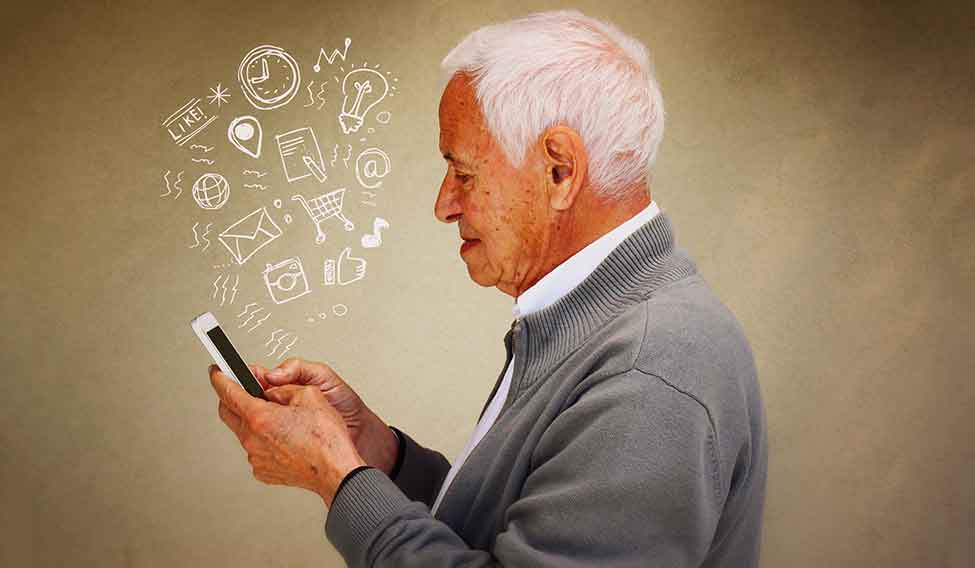In countries like the UK and the US, the model of health and social care delivery is changing. Emphasis is now being placed on trying to support older adults and their families to remain independent for as long as possible, to manage their health proactively and self-manage their long-term mental and physical conditions for longer.
Globally, the population is ageing. Between 2000 and 2050, the proportion of the world's population over 60 years will double from approximately 11 per cent to 22 per cent, which means that, soon, one in five of us will be over the age of 60 years. Population ageing is closely linked to economic prosperity. In the UK, the number of people over 85 years has doubled in the past three decades. By 2050, 80 per cent of older people will live in what are now low- or middle-income countries, and nations like India and China will have a greater proportion of older people than the US. This increased age of living is the result of a number of factors, primarily the successful development and application of modern medicine which has resulted in reduced infant mortality, better maternal health, improved survival from acute medical events such as stroke and myocardial infarction and recovery from cancers.
Older adults are remaining healthy and independent for longer, which is a great achievement, yet with age, certain challenges are presented. An ageing population increases the demand for acute and primary health care, places pressure on the family structure and places strains on pension and social security systems. Importantly, ageing increases the need for long-term care, particularly in dealing with frailty, disability and an increase in multiple, complex long-term conditions, such as cardiovascular disease, respiratory conditions and cognitive impairment. Importantly, population ageing in these countries is occurring at a much faster rate than was the case for the currently developed world. For example in India, the proportion of individuals over 60 years is set to triple in the next 50 years. This means these nations will have a much briefer opportunity to prepare for an older population.
In developed countries, health and social care systems are strained, with demand for services outstripping supply. These demands are concentrated more in deprived communities, widening the inverse care law and challenges of how to balance access versus continuity of high-quality care with an already overstretched workforce. In India, despite efforts to provide a National Programme for Health Care of the Elderly (NPHCE), recent data suggests that investment in such schemes falls significantly below the required expenditure on health care.
Globally, there is potential for telephones, smartphones, tablets and monitoring devices to support in-home medical consultations, check the safety of our loved ones remotely and communicate with them to reduce social isolation.
With 350 million active internet users in India, there is scope to potentially support many people to improve and maintain independence at home. However, as this figure represents only 27 per cent of the population, and reflects predominantly younger, middle class, urban Indians, there is an urgent requirement to support the rural spread of affordable, sustainable health and social care technology support products and services for older adults spanning multiple languages. Research in the UK has identified barriers to mainstreaming health technologies; it is now time to consider cross-cultural applications.
Dr Easton is a translational research scientist at the centre for assistive technology and connected health care at the University of Sheffield, UK.






